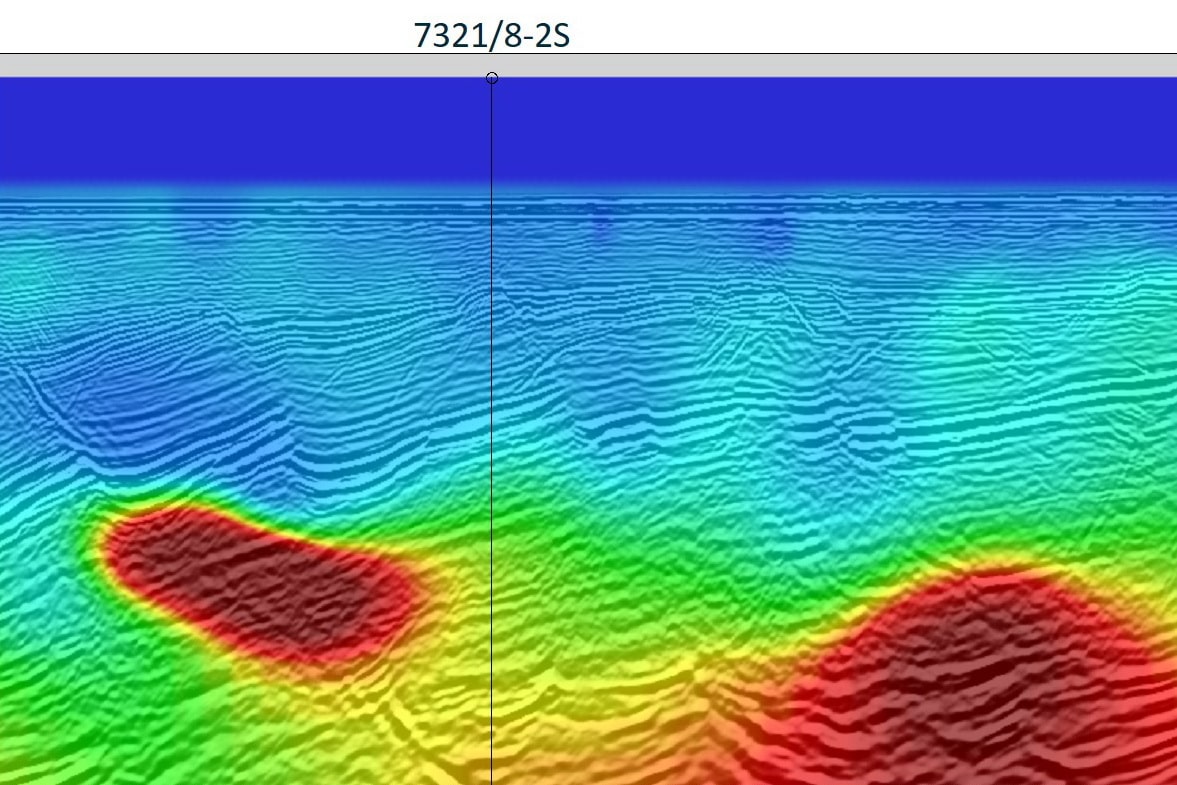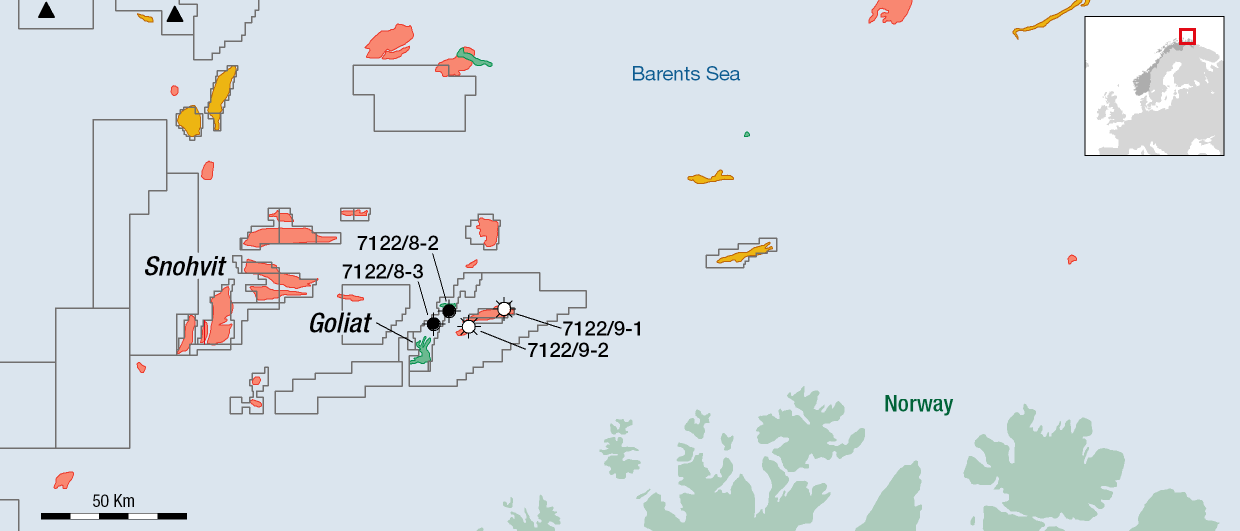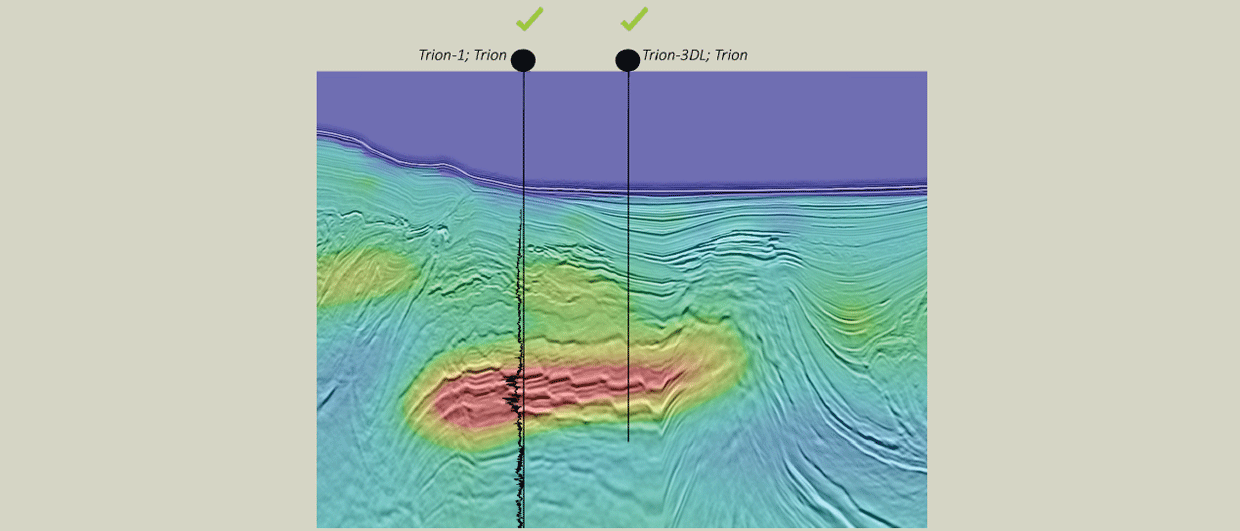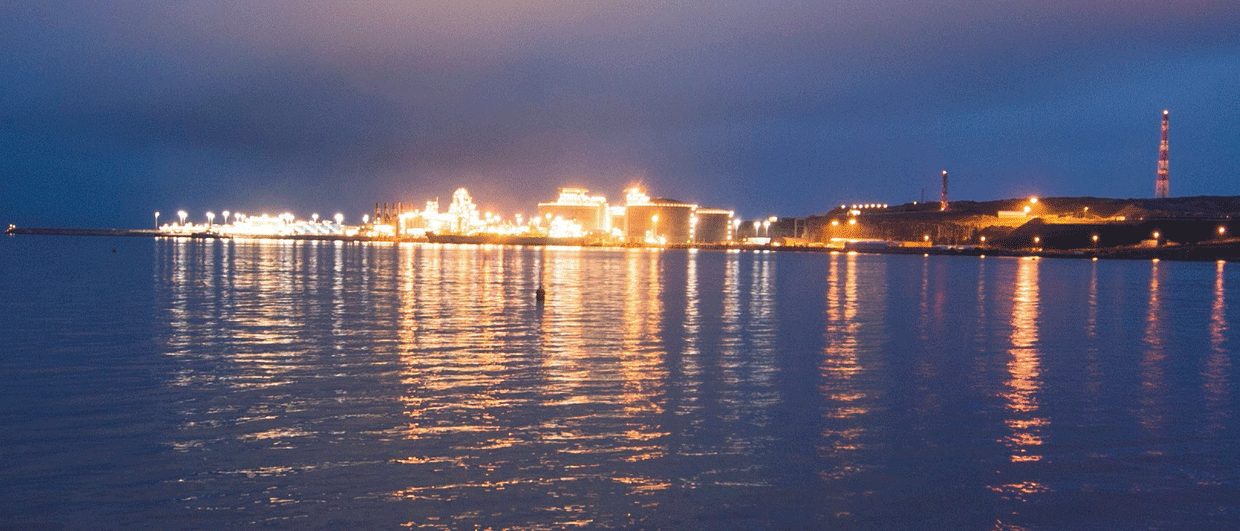The phrase “kill your darlings” is famously attributed to luminaries such as Allen Ginsberg, Oscar Wilde and William Faulkner, but the original source is likely the less well-known writer and name collector Sir Arthur Thomas Quiller-Couch (1863-1944). Though his advice was ostensibly aimed at authors, advising them to edit their writing objectively and without sentiment, there is a lot to learn from this quote in exploration as well.
The inherent failures
It is no secret that the industry is less than good at accurately predicting volumes pre-drill, with systematic overestimation of pre-drill resources compared to actual discovered resources.
This is also well documented on the Norwegian continental shelf. A 2018 NPD look-back study found that 36% of the oil targets and 37% of gas targets drilled fell below the predicted P90-P10 uncertainty range. The average overestimation factor for oil and gas was found to be 40% and 110%, respectively.
This then begs the question: Why is it that explorationists are so poor at predicting volumes and – not the least – where/why they are failing?


A matter of saturation
Let us consider the latter question first: A failure analysis from NPD indicates that more than 70% of the failures are due to lack of source, migration and/or trap. Physically, these failure modes can be viewed as lack of hydrocarbon saturation – if there is no source or no working migration, the reservoir can only contain brine, and if the trap is blown, then the hydrocarbons will have leaked out, leaving behind only traces of hydrocarbons. The former question can then be rephrased as “Why are explorationists so poor at predicting saturation levels?”
Two of the main reasons are likely lack of information and confirmation bias. While Bayesian risking frameworks (inspired by the works of Tversky & Kahneman on cognitive biases and advocated by Rose & Associates) have been in place in the industry for decades, these cannot address one of the most fundamental issues behind many of the well failures – lack of saturation. If we are to improve the resource estimates, we need to reconsider the geophysical toolbox used in the risking process.
The seismic limitation
Seismic has always been, and will indeed always be, the cornerstone of exploration – but it is important that we acknowledge its limits. The most important of these is purely physical and relates to saturation. No matter what you do to your seismic data, it is inherently impossible to properly de-risk saturation using seismic – the information is just not there from a physics perspective.
A lot of time, effort and resources has gone into trying to overcome this limitation by manipulating the data and looking at different attributes like AVO and acoustic impedance. These attributes have their own uncertainties and limitations, especially in frontier exploration where there is a lack of well control.
The point, however, is that the relative change in acoustic impedance above 20% hydrocarbon saturation is negligible (see figure 3). The only realistic way to properly de-risk hydrocarbon levels is to consider another geophysical dataset where the required information is inherently present.

The hydrocarbon killer
The one geophysical dataset that can infer saturation is CSEM. The reason being is that resistivity increases exponentially with hydrocarbon saturation (compare figure 3).
It is important to here that while CSEM in its infancy was widely touted as a direct hydrocarbon indicator (DHI), it is patently not. It is simply a remote sensing tool for resistivity. Just like when interpreting well logs, an increase in resistivity does not infer hydrocarbons, as cemented sands, source rocks, salt and basalt all can have high resistivities. An integrated interpretation with data from additional sources like gamma ray and porosity is required before we can do that. But crucially, and also just like in well logs, the relationship between saturation and resistivity does strongly suggest that a lack of resistivity is inherently related to low saturation levels. Or – to put it differently – while CSEM is not a direct hydrocarbon indicator, it can clearly be a direct hydrocarbon killer – this is also heavily supported by actual well results (see figure 4).
To date, there is no significant discovery made on a CSEM negative in the Barents Sea, despite several attempts. And yet, since the operators continue to insist on drilling their prospects in the absence of CSEM anomalies, we are forced to ask ourselves why.

The key to successful exploration
The why is where cognitive bias comes into play. Presently, it seems like CSEM is only taken into account if it confirms the priors and actively disregarded if it doesn’t – which is the exact opposite approach the explorationist should take. After all, both seismic and CSEM measure the same earth, and if the interpretation from one of the data sets doesn’t fit the interpretation from the other, at least one of interpretations is wrong.
Finding the models where they agree is key to successful exploration. It is obviously hard to let go of a prospect you have possibly worked on for years, but there is no shame in changing your mind about it in light of new information – like when CSEM indicates that only low saturation (and hence low hydrocarbon volumes) are present.
As the great John Maynard Keynes reportedly once said: “When the facts change, I change my mind – what do you do, Sir?” This is another piece of advice that should be taken to heart – even when it means killing your darlings.
LODVE BERRE, EMGS





